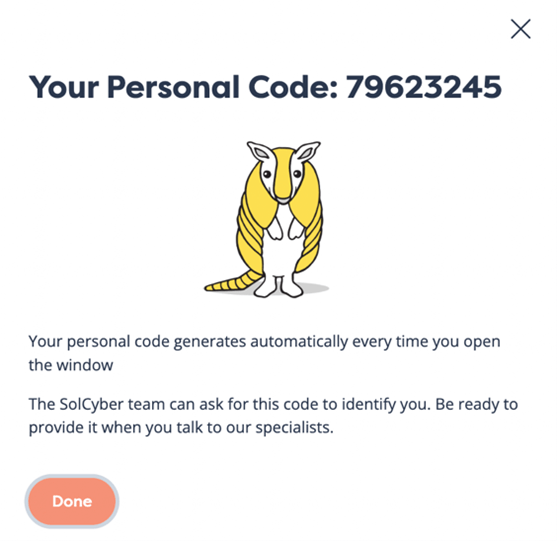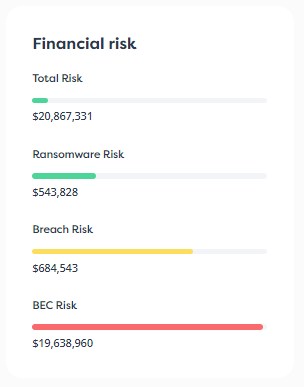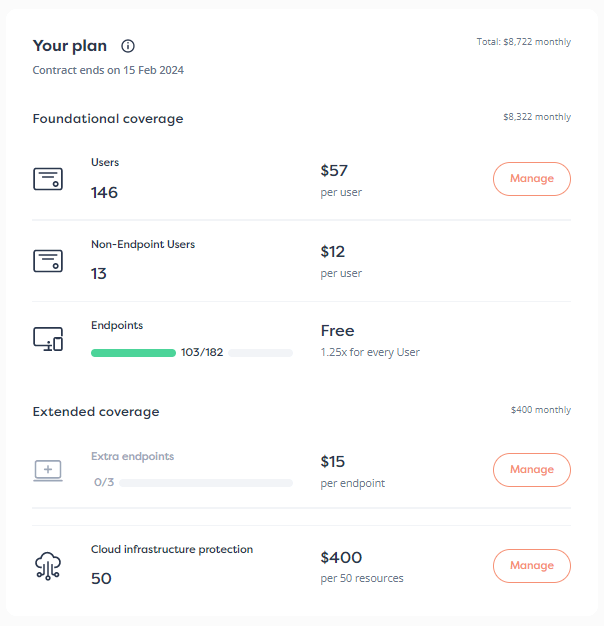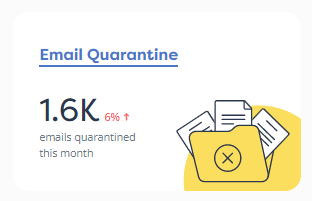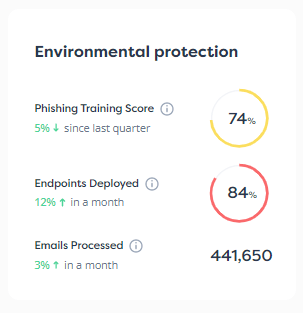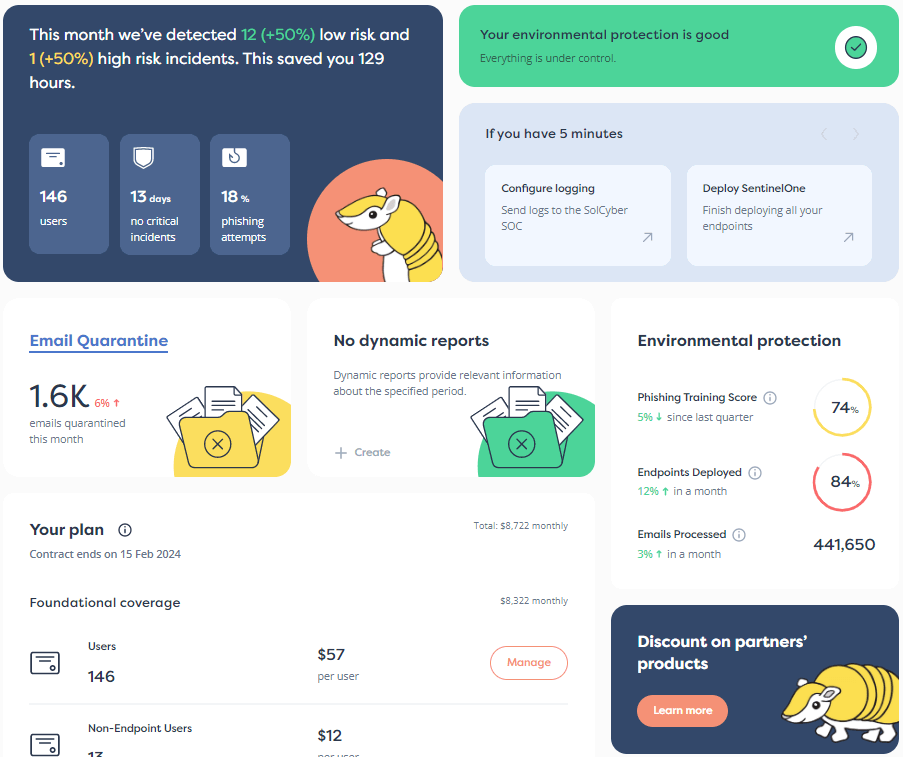
The Evolution of Identity-Oriented Managed Security
With cyberattacks becoming more advanced and frequent, attackers and hackers are no longer just external threats—they’re increasingly acting as insider threats by exploiting identities rather than simply targeting endpoint devices. This shift has given rise to identity-oriented managed security, a significant evolution in the Managed Security Service Provider (MSSP) model.
Traditional endpoint security focuses on protecting individual devices—whether laptops, desktops, or mobile phones—by installing agents that monitor for and prevent malicious activity. However, not all endpoints can have security agents installed, and this gap is where attackers have found an opportunity.
Many of today’s most damaging attacks are identity-driven, using stolen credentials as the primary means of attack. Breaches facilitated by infostealers, and Account Takeovers (ATO) are growing. These breaches are often worsened by the manipulation of customer-owned equipment (CPE), such as VPNs and RDP services, as well as third-party managed services that are often less secure.
The key shift here is that identities are now a primary attack surface. Hackers don’t need to breach a physical device if they can exploit the identity that accesses it. Once they gain control of a user’s credentials—whether through phishing, credential theft, or infostealers—they can navigate the network, mimicking legitimate users and wreak havoc.
Even worse, attackers who want credentials to attack a network don’t even need to know how to go after those credentials themselves. There are numerous illicit online markets where a brand of criminals who style themselves with the legitimate sounding job title of IABs, short for Initial Access Brokers, actively take requests for and make offers to sell stolen credentials to anyone willing to pay for them.
The distinction between endpoint-oriented and identity-oriented managed security is important. Endpoint-oriented security relies on monitoring devices directly and installing agents to detect threats. However, not all devices or cloud-based services, especially SaaS applications, allow for the installation of such agents.
Identity-oriented security, on the other hand, focuses on monitoring and protecting the identity profiles that users—and attackers—need to access these devices and services. Every action associated with an identity, whether it’s accessing a system, application, or dataset, leaves a trail. By analyzing this trail, identity-oriented managed security can detect abnormal behavior and potential misuse, even in environments where traditional endpoint monitoring falls short.
This evolution toward identity-focused security has been largely overlooked by traditional Managed Detection and Response (MDR) providers, who are restricted to monitoring endpoints that have agents installed. Likewise, many MSSPs have primarily focused on managed endpoint solutions. As attacks increasingly target the identities behind these endpoints, these conventional approaches are becoming less effective.
Hackers have become more sophisticated, frequently exploiting identity-based vulnerabilities such as weak passwords, misconfigured access, or stolen credentials. As a result, a stronger focus on securing identities, rather than just endpoints, is critical in the battle against insider threats and external attackers.
The Chief Information Security Officer (CISO) remains the key decision-maker in this new era of managed security. While identity governance and management traditionally fall under the CIO’s responsibilities, the monitoring and security of identity misuse is firmly within the CISO’s domain. Identity-oriented security provides CISOs with the visibility they need to track who is accessing their systems, detect potential abuse, and enforce security policies effectively.
For CISOs, identity-oriented security isn’t just a trend—it’s a necessary evolution in their strategy to defend against an expanding range of insider and external threats.
As identity becomes the new frontline in cybersecurity, identity-oriented managed security presents an opportunity for MSSPs to provide a more comprehensive defense solution. Monitoring identity access and behavior across devices and services—whether physical or cloud-based—is essential in preventing attackers from abusing credentials to bypass traditional endpoint protections.
At the forefront of this evolution is SolCyber, a MSSP that has recognized the limitations of endpoint-only security. We have embraced a comprehensive, identity-oriented managed security strategy that provides businesses with enhanced visibility and control over the identities accessing their systems. With identity theft and Account Takeover (ATO) attacks on the rise, SolCyber offers businesses a robust solution to protect against this growing threat.
In the end, identity is the new attack surface—and SolCyber is here to help you secure it.


By subscribing you agree to our Privacy Policy and provide consent to receive updates from our company.

